After 30 Years on Top, Labs Lost the Crown to Frenchies

Labrador Retrievers didn’t just dominate the American Kennel Club’s top spot for three decades, they earned it with heart, brains, and unshakable devotion. These dogs are the full package: gentle enough for kids, sharp enough for service work, and energetic enough to keep up with the most active households. While they may no longer hold the crown, they remain a gold standard for what many people want in a dog. But Labs aren’t perfect, and their biggest strengths can sometimes come with frustrating trade-offs. Before bringing one home, it helps to know what you’re really signing up for. Here are ten things to love, and four things that might drive you a little crazy—about America’s most loyal companion.
1. LOVE: Extremely Friendly and Social

Labrador Retrievers are famously people-oriented and one of the most socially adaptable dog breeds around. Whether they’re meeting a new neighbor or greeting a stranger at the dog park, Labs show up with wagging tails and open hearts. This natural friendliness makes them easy additions to multi-pet homes and lively households. They rarely show aggression and are more likely to charm than challenge. It’s no surprise they thrive as therapy and service dogs, where kindness is part of the job. Labs love outings, visits, and even quick errands. They don’t just tolerate social settings—they light them up. If you’re looking for a dog that treats everyone like a long-lost friend, the Lab fits the bill.
What makes Labs even more special is their emotional radar. They have a gift for sensing moods and adjusting their behavior. If you’re full of energy, they’ll be your goofy playmate. If you’re quiet or having a rough day, they’ll lie down beside you in calm solidarity. Labs can go from wrestling with a toddler to gently walking with a senior without missing a beat. That flexibility makes them deeply comforting companions. They don’t just want to be part of the action—they want to be part of your life. It’s this easy, intuitive affection that keeps Labs near the top of the charts, even after decades in the spotlight.
2. LOVE: Easy to Train
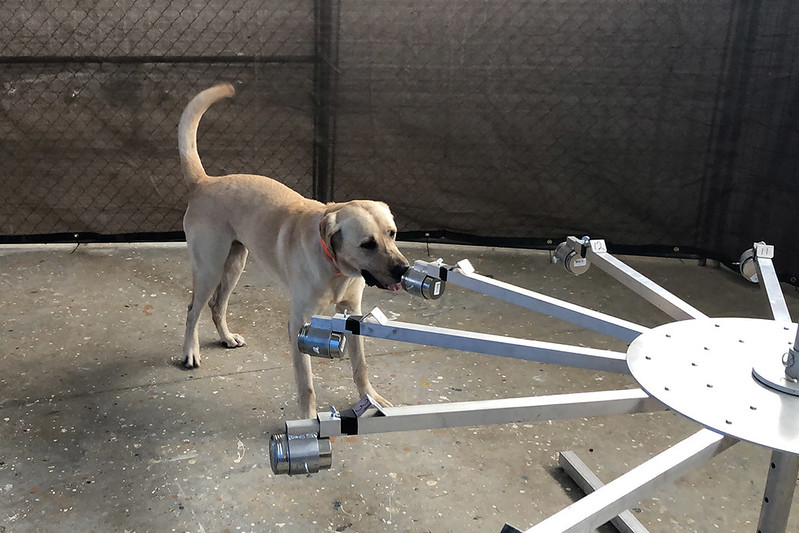
Labs are famously eager to please, which makes training them a joy rather than a chore. They respond quickly to praise, consistency, and treats, especially since they’re highly food-motivated. Unlike more stubborn or independent breeds, Labs genuinely want to know what you expect—and then deliver. That makes them a favorite for first-time dog owners or anyone who values a well-mannered pet. From basic commands to complex tasks, Labs pick things up fast and retain what they learn. They thrive in obedience classes, agility courses, and structured routines. With the right approach, even young puppies can become impressively well-behaved.
What sets Labs apart is how much they enjoy the learning process. Training isn’t just about following orders—it becomes a bonding activity they look forward to. They love the mental stimulation, the attention, and of course, the snacks. This willingness to engage makes them ideal for roles like guide dogs, search-and-rescue, and detection work. They not only have the brains but also the temperament to stay focused under pressure. And because they’re so adaptable, Labs can adjust their training to suit city life, country living, or anything in between. It’s no wonder so many consider them the gold standard when it comes to trainability.
3. LOVE: Great With Kids

Labrador Retrievers are often the first breed recommended for families with children—and for good reason. They’re patient, gentle, and surprisingly tolerant, even around noisy toddlers or rough play. Their sturdy build makes them less fragile than smaller dogs, so they’re less likely to be hurt by accidental bumps or hugs. At the same time, their sweet nature means they’re rarely reactive or aggressive. Labs tend to form fast bonds with children and often act like furry babysitters, following kids from room to room. They seem to instinctively know when to play and when to lie low. For parents, having a Lab means one less thing to worry about.
Labs are also incredibly loyal, which gives kids a sense of comfort and companionship. Many children grow up telling secrets to their dog, and a Lab is happy to listen. They’re just as happy playing tag in the yard as they are watching cartoons on the couch. Labs can help teach kids responsibility through feeding, walking, and grooming. Their predictability and calm temperament make them less likely to lash out, even when startled or overwhelmed. And because they’re so adaptable, they fit into busy family routines with ease. If you want a dog who can grow up right alongside your kids, a Labrador is hard to beat.
4. LOVE: Athletic and Energetic
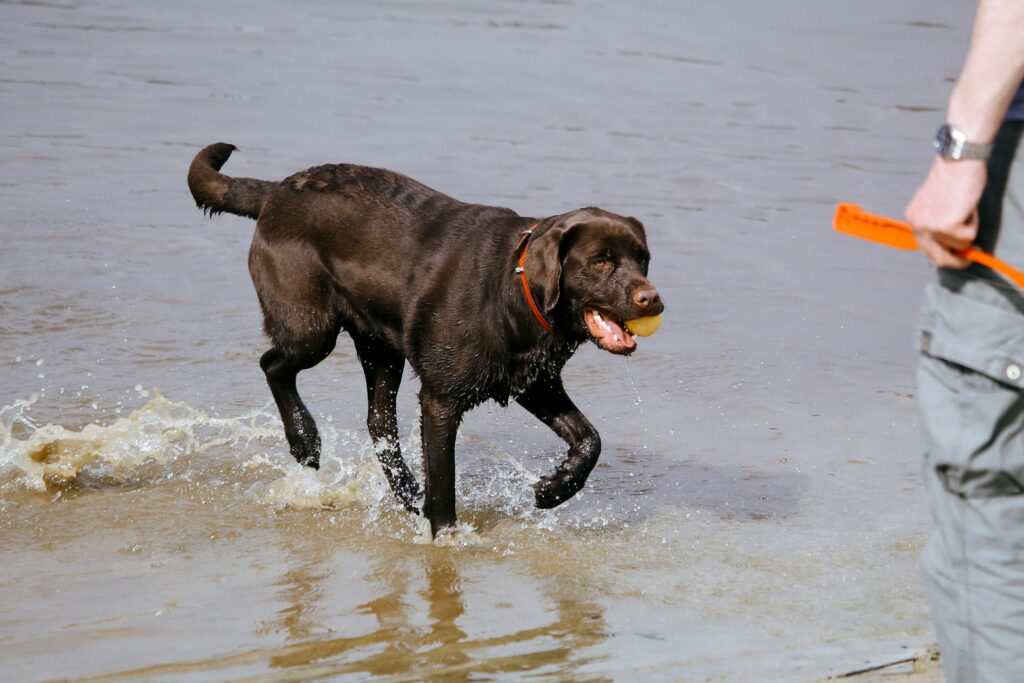
Labs are built for movement. With strong legs, a sturdy frame, and boundless energy, they’re the perfect companion for people who love to stay active. Whether it’s hiking, jogging, or just chasing a ball in the backyard, Labs are always ready to go. They thrive on physical activity and need it daily to stay healthy and happy. Without enough exercise, they can get restless and start acting out, but when their energy is well used, they’re calm and content at home. Their enthusiasm for outdoor play makes them great partners for adventurous families. They’ll never turn down a walk, no matter the weather.
Their stamina is also impressive. Labs can run for miles, swim across lakes, or play fetch for hours without slowing down. This drive comes from their history as working dogs, originally bred to retrieve game in tough conditions. Even today, many Labs are still used as hunting companions, field trial competitors, or athletic service dogs. But even if you’re not a hunter or marathon runner, a game of fetch or a few good walks a day can keep your Lab in great shape. They’re happiest when they’re moving and even happier when you’re right there with them. For anyone with an active lifestyle, a Labrador is an ideal fit.
5. LOVE: Excellent Swimmers
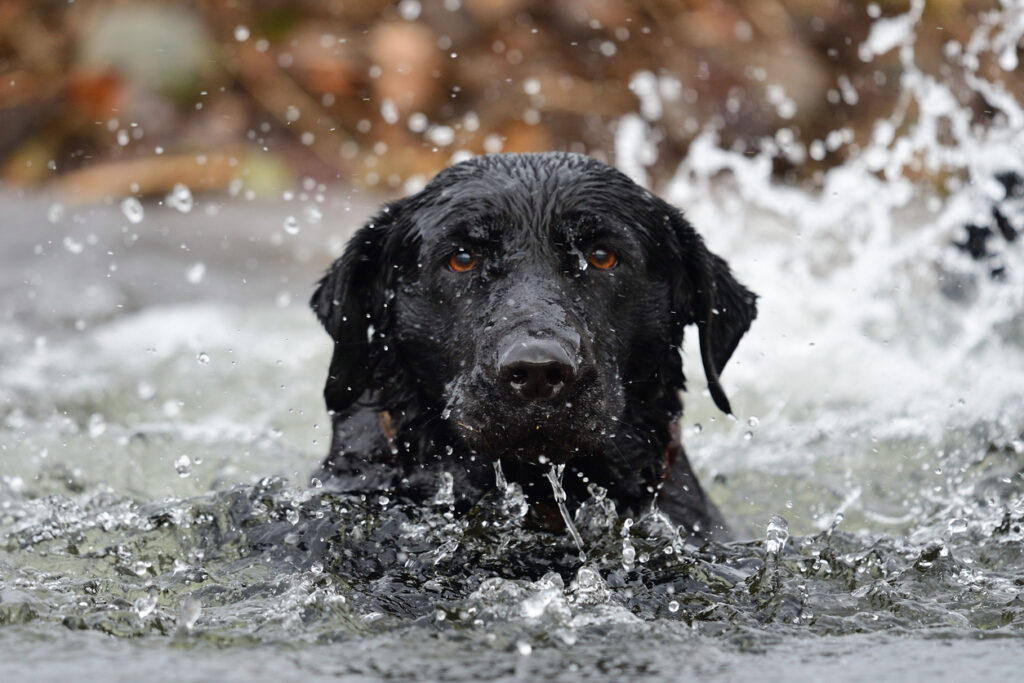
Labrador Retrievers aren’t just good swimmers—they’re practically made for the water. With webbed paws, a thick tail that acts like a rudder, and a water-resistant double coat, Labs are natural-born aquatic athletes. Their love for swimming shows up early, often as puppies who can’t resist a splash in any puddle or pond. If you live near a lake, beach, or even have a backyard pool, a Lab will treat it like their personal playground. Water play isn’t just fun for them, it’s also a great way to exercise without putting pressure on their joints. That’s especially helpful for aging Labs or those prone to hip issues.
Swimming taps into their original role as retrievers for fishermen and hunters. Labs were bred to leap into cold water, retrieve ducks or fish, and come right back without complaint. Even now, their enthusiasm for a floating stick or toy is unmatched. Many Labs will swim until they’re completely worn out, then beg to do it again. They don’t mind cold temperatures, muddy lakes, or a bit of a mess. Just be sure to rinse them off afterward to keep their skin healthy. If you’ve got a Lab and access to water, you’ve got a happy dog.
6. LOVE: Versatile Workers
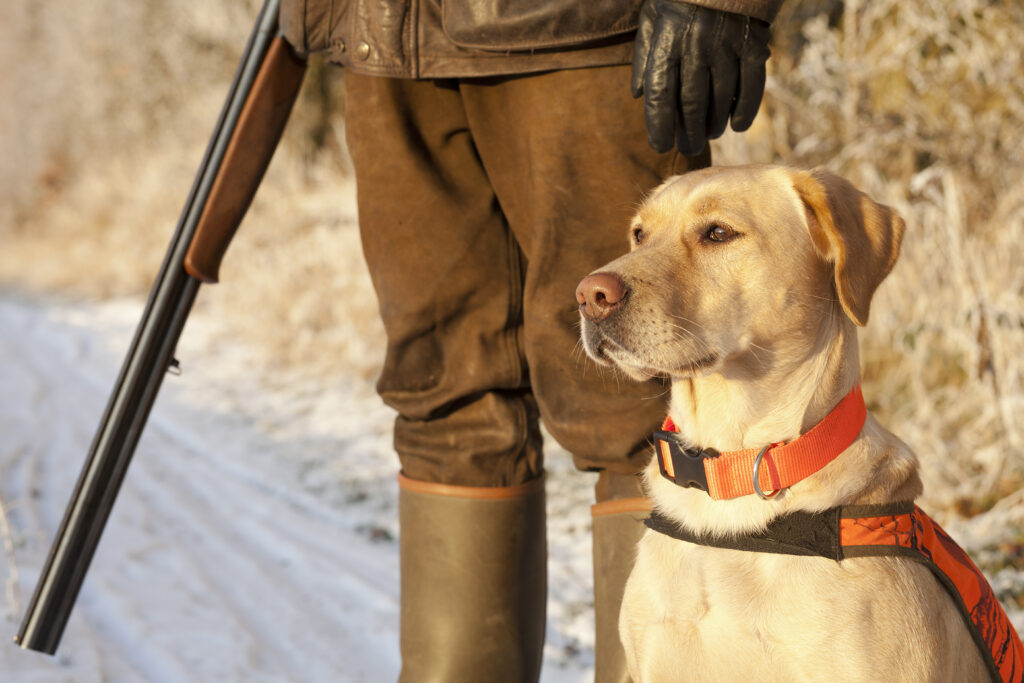
Labrador Retrievers aren’t just lovable pets—they’re some of the hardest-working dogs in the world. Their intelligence, trainability, and steady temperament make them ideal for a wide range of jobs. You’ll find Labs working as guide dogs for the visually impaired, therapy dogs in hospitals, and emotional support animals in schools and homes. They also serve with police and military units for search and rescue or drug detection. What makes them stand out is their ability to stay calm under pressure while still being highly responsive to commands. They’re dependable, focused, and genuinely enjoy having a job to do.
This strong work ethic stems from their roots as retrieving dogs for hunters, where they had to remain steady and wait for cues. That same discipline carries into modern roles that require patience, stamina, and quick thinking. Even as pets, Labs often enjoy having a task, whether it’s fetching the newspaper, learning tricks, or participating in agility or obedience events. They don’t just want to sit around. They like being useful, and that drive gives them purpose. A Lab with a job is a Lab in its element. Whether in a vest or in your living room, they take pride in being part of the team.
7. LOVE: Playful Even as Adults
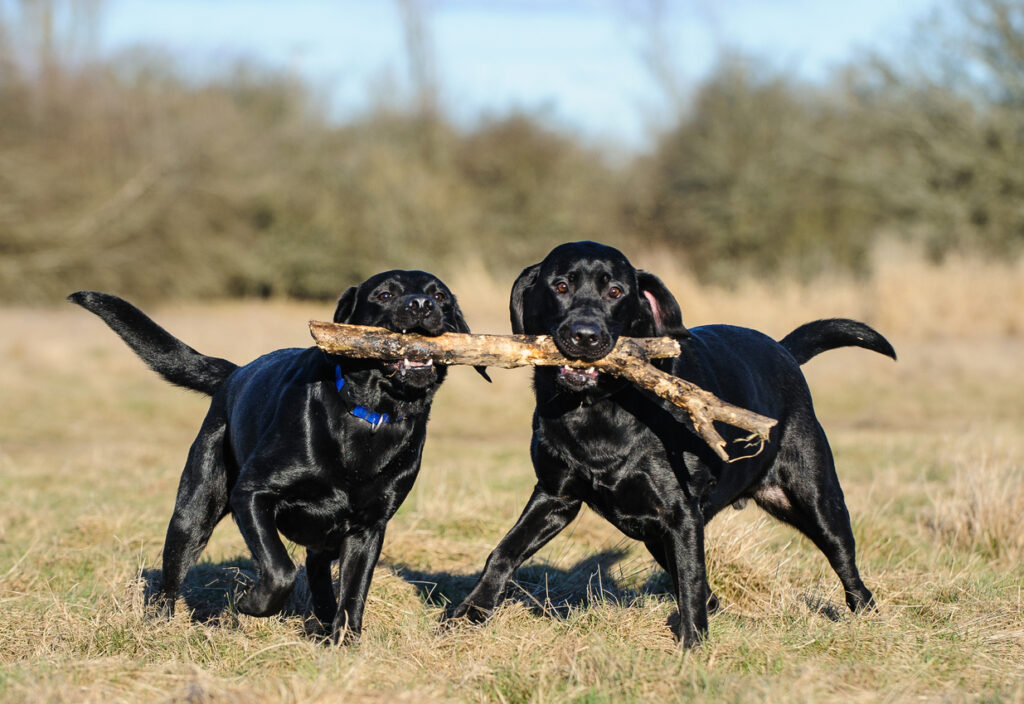
One of the most endearing things about Labs is how long they hold onto their playful spirit. Even as they grow older, they tend to keep that goofy, puppy-like energy. They’ll still chase balls with wild enthusiasm, wiggle their entire body when they’re excited, and greet you like they haven’t seen you in a year—even if it’s only been five minutes. This eternal puppy vibe keeps things fun and lighthearted at home. It also makes them great mood boosters for people who want a dog that brings joy on a daily basis. Labs don’t just coexist with their humans—they entertain them.
Of course, this youthful energy also means they need outlets. A Lab might be five or six years old and still act like a two-year-old when the leash comes out or a squeaky toy appears. They love to play, whether it’s fetch in the yard or silly games indoors. Their humor and high spirits make them perfect for families with kids or active adults who enjoy interaction. Even older Labs often keep a favorite toy close by and will nudge you to play. It’s like having a happy little jester in your house, ready to lighten the mood at any time. If you love a dog with a big heart and a silly streak, the Lab’s your match.
8. LOVE: Come in Multiple Colors
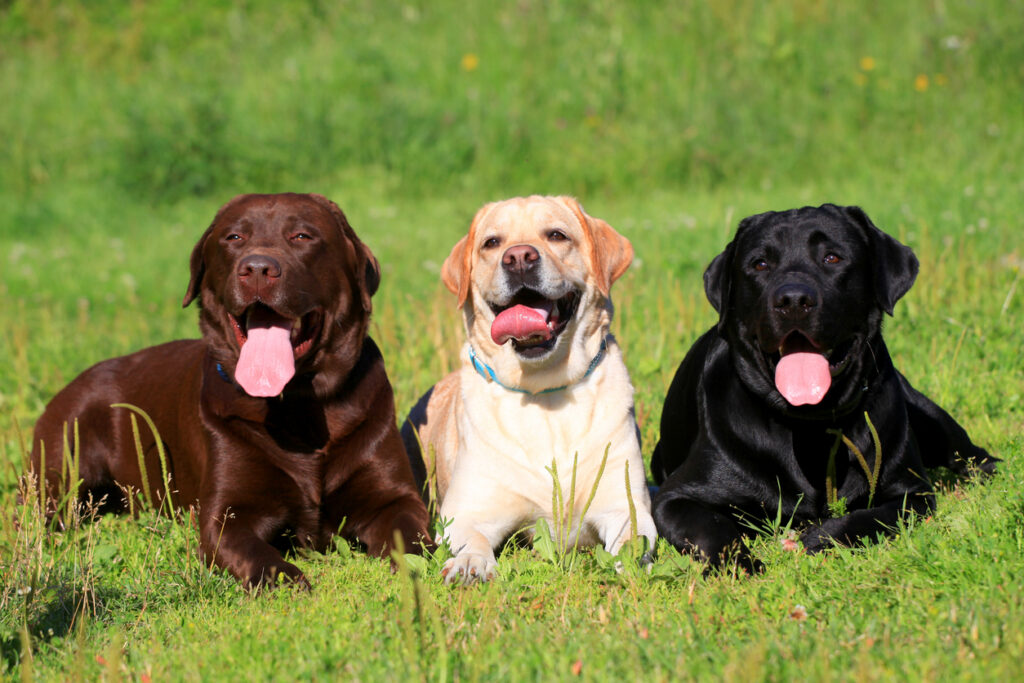
Labrador Retrievers may be one breed, but they come in three distinct and equally lovable colors: black, yellow, and chocolate. Each color has its own charm, and some fans even swear the different shades have unique personality quirks—though science says that’s more myth than fact. Black Labs are often associated with working roles like service and hunting due to their sleek, classic appearance. Yellow Labs are popular in media and as family dogs, with their golden coats giving off a sunny, approachable vibe. Chocolate Labs tend to draw attention with their rich, warm coloring and soulful eyes. Whichever color you choose, the personality inside is pure Lab.
This trio of colors gives prospective dog owners some fun variety when choosing their pup. Some people prefer the traditional look of a black Lab, while others love the lighter, creamier tones of a yellow one. And chocolate Labs, though slightly less common, are often considered the most eye-catching. The variety doesn’t affect temperament, but it does let owners express a little personal style. All three colors can appear in the same litter, which makes choosing both exciting and a little difficult. In the end, though, the coat color is just icing. What matters most is the lovable, loyal dog underneath.
9. LOVE: Very Food-Motivated

If there’s one thing Labrador Retrievers rarely turn down, it’s a snack. Their strong desire for food is practically legendary, and while that might sound like a challenge, it actually makes training much easier. Labs are quick to learn commands and routines when treats are involved. This food motivation gives them an edge in obedience classes, service training, and even in mastering house rules. They’ll happily repeat tasks, focus on you intently, and behave like little angels if they know a reward is coming. For first-time dog owners or anyone who wants a fast learner, a treat-driven Lab is a dream.
That said, their love of food comes with responsibilities. Labs will eat almost anything in sight—whether it’s dinner scraps, trash, or unguarded sandwiches. Their appetite means you’ll need to be vigilant about portion sizes and lock away anything edible. But when used thoughtfully, this trait is a powerful tool. You can use snacks to redirect bad behavior, teach new skills, or reward calm responses. Labs don’t require fancy training techniques, just a treat pouch and a little consistency. Their stomach often leads the way, and with the right guidance, it can lead to some impressively well-behaved results.
10. LOVE: Loyal to the Core
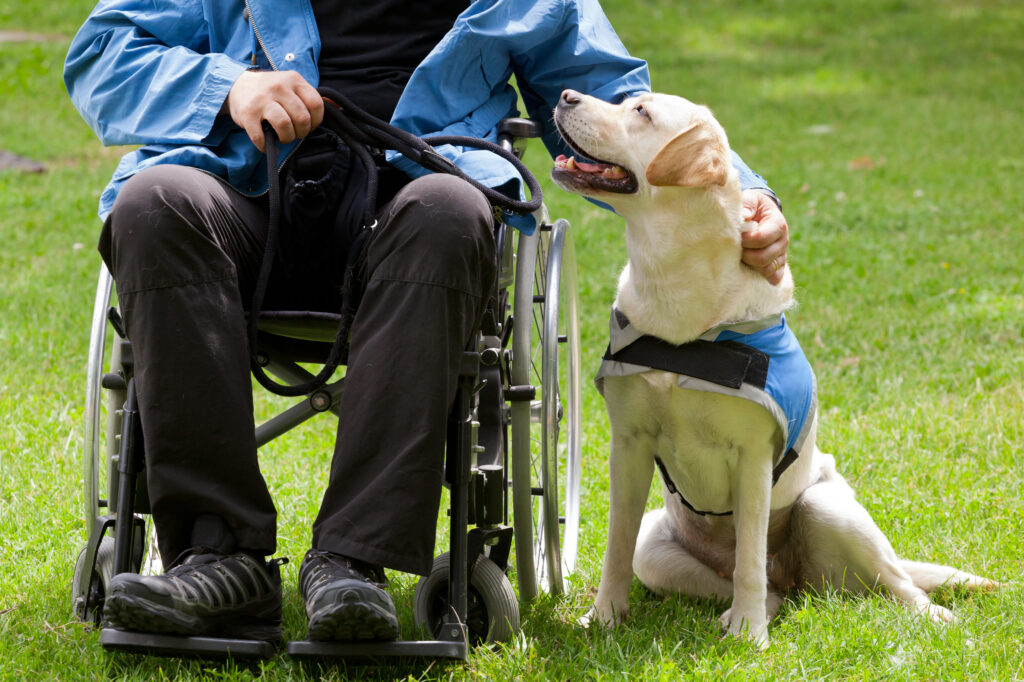
Labrador Retrievers are more than affectionate—they’re deeply loyal in a way that feels almost human. Once a Lab bonds with you, that connection runs deep. They’ll follow you from room to room, wait by the door when you leave, and rest their head on your lap just to be near you. This attachment isn’t clingy, it’s comforting. Labs are happiest when they’re part of the family routine, whether that means lounging on the couch during movie night or keeping you company while you work from home. They’re not just pets—they’re companions in the truest sense.
Their loyalty also makes them incredibly dependable. Labs are known to stay close during hard times, offering quiet support without needing anything in return. They read emotions well and often sense when you need extra comfort. That loyalty extends to kids, other pets, and even strangers who become part of their world. It’s why they excel in service roles that require trust and consistency. A Lab isn’t just loyal to their owner—they’re loyal to the life they’re part of. Once you earn their love, you’ve got a best friend for life.
4 Things to Hate
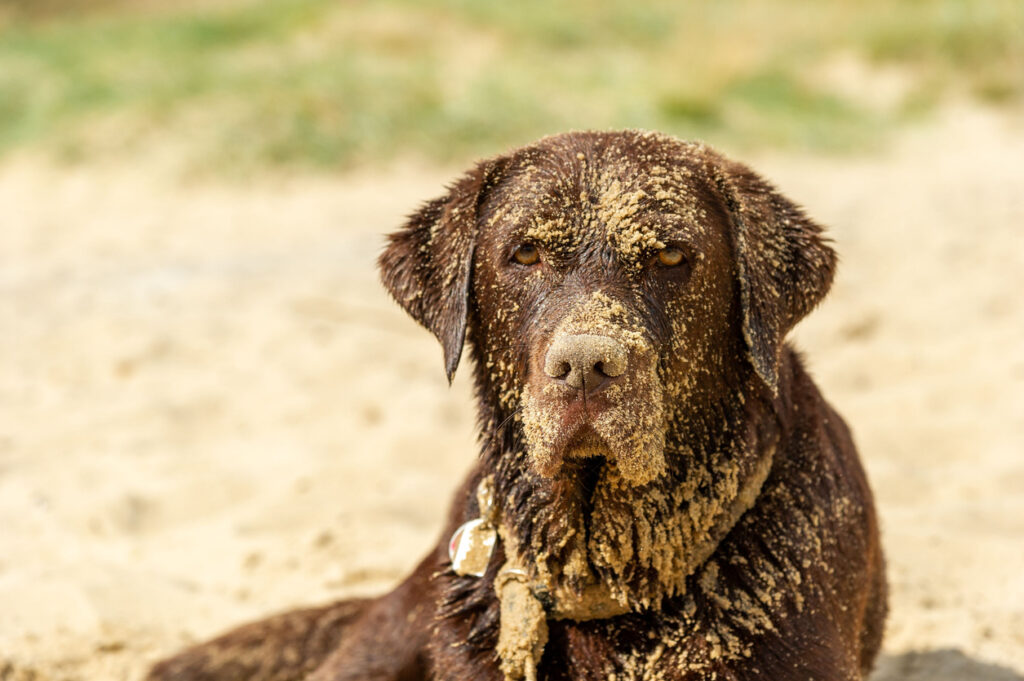
Let’s be honest. Even the best dogs come with baggage. Here are the few things Lab lovers often grumble about.
1. HATE: Constant Shedding

Labrador Retrievers may not have long, flowing coats, but don’t let that fool you—they shed like it’s their job. Their double coat is designed to protect them in all kinds of weather, which means it’s thick, dense, and constantly renewing itself. That translates to a steady stream of loose hair on your floors, your couch, and pretty much every article of clothing you own. Twice a year, Labs “blow their coat,” releasing even more fur as they transition between seasons. During those times, brushing becomes a daily necessity if you want to keep the fur tornado under control. Even outside of shedding season, you’ll find hair in places you didn’t expect.
Regular grooming helps, but it won’t stop the shed entirely. Bathing, brushing, and even using a high-velocity dryer can reduce the mess, but Lab owners often just learn to live with it. Lint rollers become part of your daily toolkit. Robot vacuums can help but will need frequent emptying. The good news? Labs don’t usually need professional grooming, so upkeep is manageable at home. But if you’re a neat freak or allergic to dog hair, a Lab might test your patience. They may be loyal companions, but they come with a permanent layer of fuzz.
2. HATE: Need Lots of Exercise
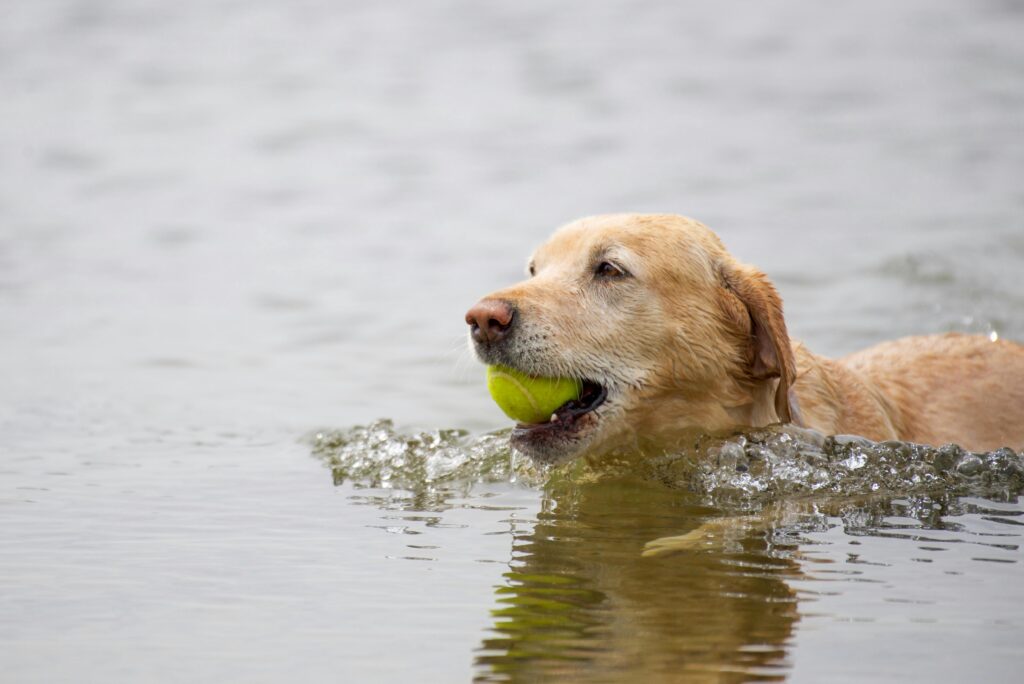
Labs aren’t the type of dog who’s content with a quick stroll around the block. These dogs were bred to work and move, which means they come with serious energy to burn. Without enough daily activity, Labs can become bored, frustrated, and downright destructive. Chewed furniture, dug-up flower beds, and nonstop pacing are all signs of a Lab that didn’t get its walk, or three. They need both physical and mental stimulation to stay balanced. A game of fetch, a swim, or a long hike does wonders for their mood and behavior. But if your lifestyle is more couch than cardio, a Lab may not be the best match.
Their exercise needs also don’t disappear with age. Even senior Labs usually crave movement and stimulation, although at a gentler pace. Skipping out on activity can lead to weight gain, which only compounds health problems like joint pain. It’s a cycle that starts with missed walks and ends with vet bills. The silver lining is that if you’re active or trying to be, a Lab will keep you accountable. They’re always up for adventure and thrive when they have a job to do. But make no mistake, owning a Lab means committing to their daily workout plan, whether it’s rain or shine.
3. HATE: Can Get Chunky Fast

Labrador Retrievers have bottomless appetites and very little food discretion. If it looks remotely edible, a Lab will try to eat it. That includes dropped snacks, trash can contents, and anything left unattended on a counter. Combine that with their natural food motivation and slower metabolism, and you’ve got a recipe for rapid weight gain. Many Labs become overweight without careful monitoring of portions and treats. Unlike some breeds that self-regulate, Labs don’t seem to recognize when they’re full. They’ll happily eat themselves into a food coma if you let them.
Extra weight isn’t just cosmetic, it’s a serious health concern for Labs. Obesity can lead to joint issues, heart problems, diabetes, and a shorter lifespan. Keeping your Lab trim means sticking to scheduled meals, avoiding table scraps, and resisting those big, pleading eyes. It also means making sure they get enough exercise every single day. Some owners use slow-feeder bowls or puzzle toys to help curb fast eating. Regular weigh-ins and portion control are essential. It takes discipline on your part, but keeping your Lab fit is one of the best gifts you can give them.
4. HATE: Prone to Joint Issues

Labrador Retrievers are sturdy, athletic dogs—but their joints often don’t hold up as well as their spirit does. Hip and elbow dysplasia are especially common in the breed, even in Labs from reputable breeders. These conditions can lead to stiffness, pain, and eventually arthritis, sometimes as early as middle age. You might notice your Lab limping after a long play session or hesitating on stairs. While some cases are mild, others may require lifelong medication, physical therapy, or even surgery. It’s a heartbreaking reality for such an active, fun-loving breed.
Genetics play a role, but so does lifestyle. Labs who become overweight or are pushed too hard during their early growth years are at higher risk. That’s why it’s important to keep your Lab at a healthy weight and avoid intense impact activities while they’re still growing. Joint supplements, orthopedic beds, and low-impact exercise like swimming can help. But even with the best care, many Labs will eventually face mobility challenges. It’s something every prospective owner should be prepared for. Their hearts stay young, but their hips may tell a different story.


